
News Directory
How Do Environmental Conditions Affect the Performance of Plain Bearing Rod Ends?
1. Temperature Extremes
One of the most significant environmental factors that affect plain bearing rod ends is temperature. Extreme heat can cause the materials to expand, while extreme cold may make them brittle.
High Temperatures: When rod ends are exposed to elevated temperatures, it can lead to the breakdown of lubrication, which is essential for smooth operation. Over time, excessive heat may also degrade the bearing materials, particularly if they are made from standard metals or polymers. For high-temperature environments, we often recommend bearings made from materials like bronze or special high-temperature-resistant polymers.
Low Temperatures: In cold environments, rod ends may become less flexible, leading to reduced performance and potential cracking. In such cases, specialized coatings or materials designed to withstand cold without becoming brittle should be considered.
2. Moisture and Corrosion
Moisture is a common concern in environments where humidity or water exposure is prevalent, such as in marine applications or outdoor settings.
Corrosion: The biggest issue with moisture is the risk of corrosion, especially if the rod ends are made from standard steel. Corrosion can cause the bearings to seize or wear out prematurely. To combat this, we recommend stainless steel rod ends or those with corrosion-resistant coatings, such as zinc or nickel plating. If the application involves saltwater exposure, we advise choosing even more corrosion-resistant materials like high-grade stainless steel or using a polymer-based plain bearing.
Contamination: Moisture can also attract dust or dirt, which can mix with lubricants and create abrasive conditions inside the bearing. Sealed or shielded designs are essential in such cases to prevent contaminants from entering the bearing.
3. Dusty or Gritty Environments
In industries like construction, mining, or agriculture, dust and grit can accumulate on the rod ends, leading to accelerated wear.
Dust and Dirt: Fine particles can enter the bearing surfaces and act as abrasives, which will quickly degrade both the bearing and the housing. For dusty conditions, we suggest using rod ends with protective seals or shields to keep the debris out. Additionally, self-lubricating bearings that don’t require external grease are a good option for environments where dirt may mix with lubricants.
Preventive Maintenance: In these settings, regular cleaning and inspection of the rod ends are important to ensure any contaminants are removed before they cause damage.
4. Chemical Exposure
Certain industrial applications expose bearings to chemicals, oils, or solvents, which can degrade the materials over time.
Chemical Resistance: If your rod ends will be exposed to chemicals, selecting materials with inherent chemical resistance is vital. For example, some polymers or specialty coatings can withstand exposure to harsh chemicals without degrading. In environments where oil or solvents are common, PTFE or composite materials may offer better performance than standard metal bearings.
5. Vibration and Shock Loads
While this factor is more related to mechanical stress, certain environments—such as heavy industrial or automotive applications—subject rod ends to constant vibration or sudden shock loads.
Wear and Fatigue: Environments with continuous vibration can cause fatigue in the rod ends, especially if they are not properly lubricated or made from suboptimal materials. To handle these stresses, we often recommend rod ends made from high-strength alloys or those with vibration-dampening features.
6. UV Exposure
If your plain bearing rod end are used in outdoor environments with prolonged exposure to sunlight, UV radiation can weaken certain materials, particularly polymers.
UV Resistance: For applications with direct sunlight exposure, choosing UV-resistant materials or applying UV-protective coatings can prevent premature degradation. Metal rod ends, of course, don’t face this issue, but certain plastic components might.
As a manufacturer, we know that each environment presents unique challenges. This is why we offer a range of plain bearing rod ends designed to perform in specific conditions. When selecting a rod end for your application, it’s essential to think about the long-term environmental exposure. We’re here to assist you in choosing the right materials, coatings, and designs to maximize both performance and lifespan.
Feel free to contact us if you have any questions or need further assistance!



 English
English 中文简体
中文简体 عربى
عربى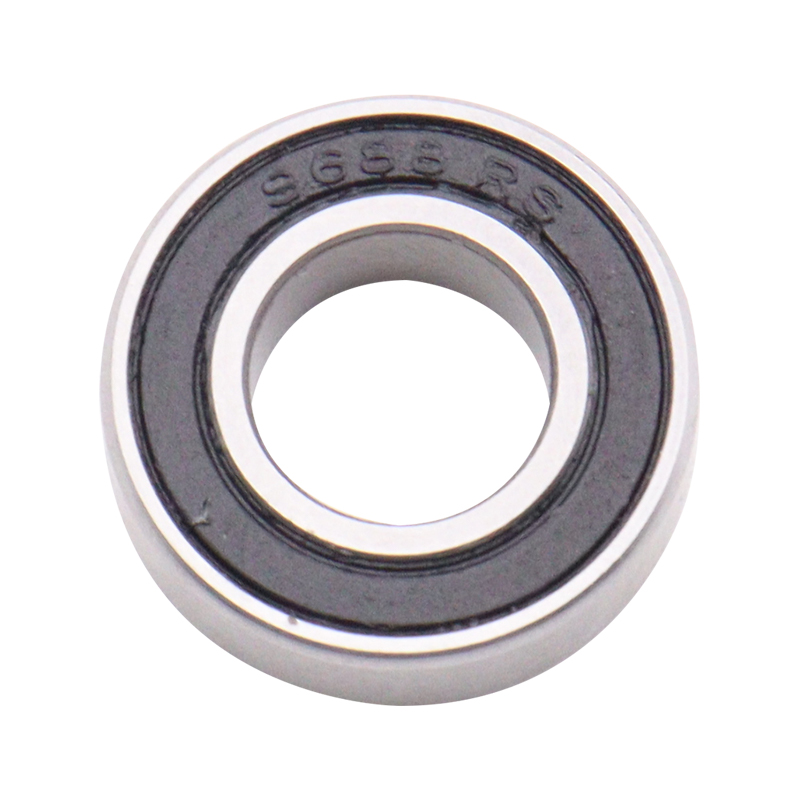
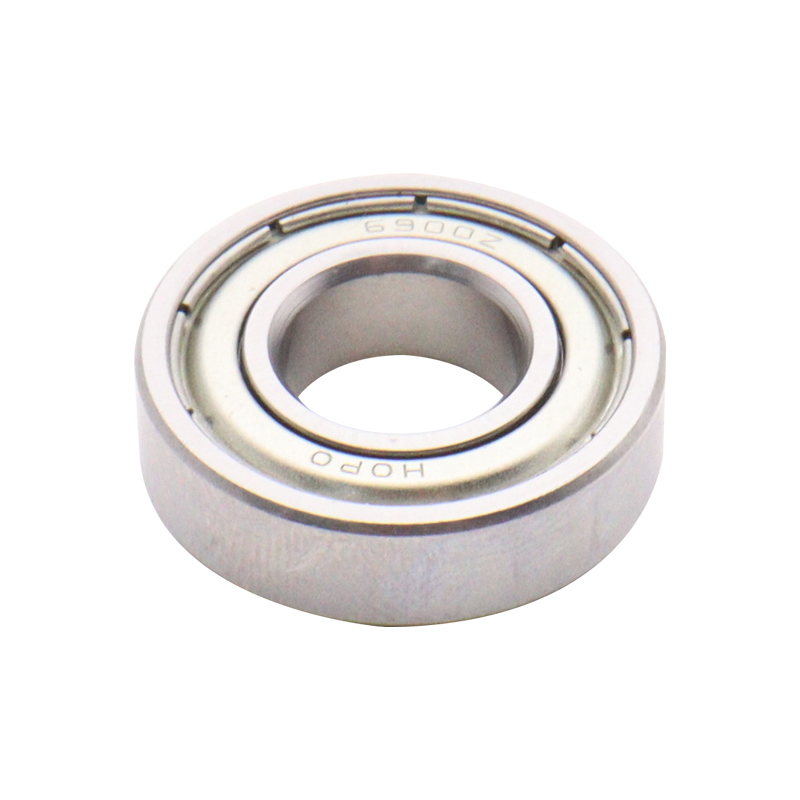
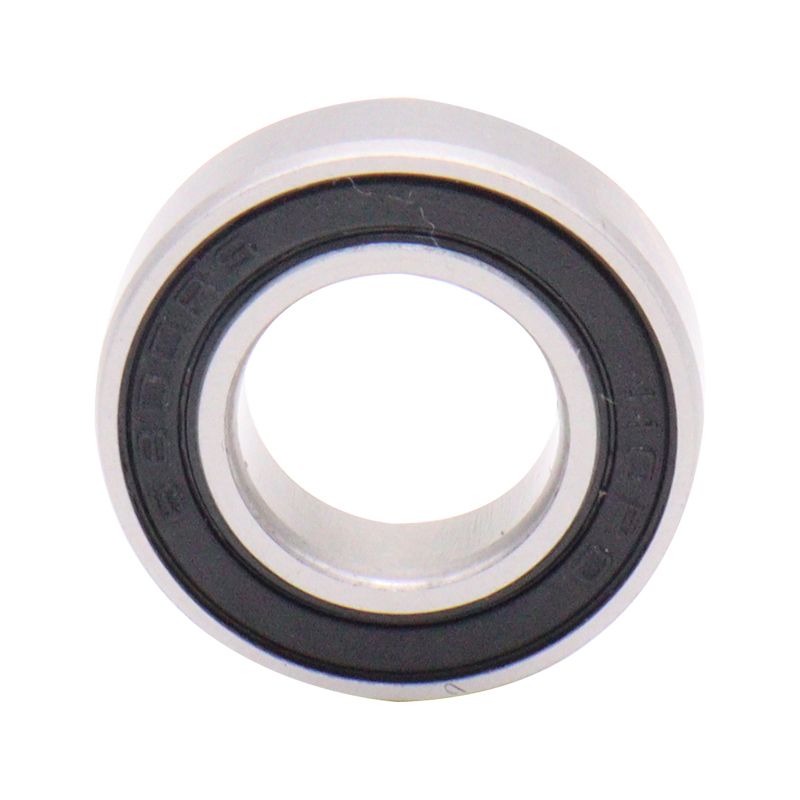
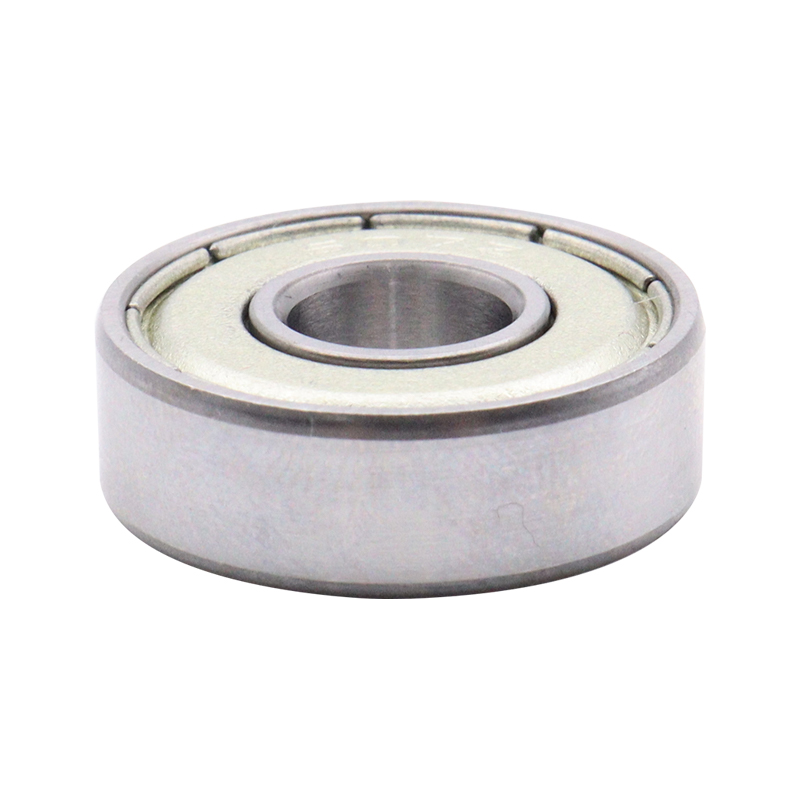
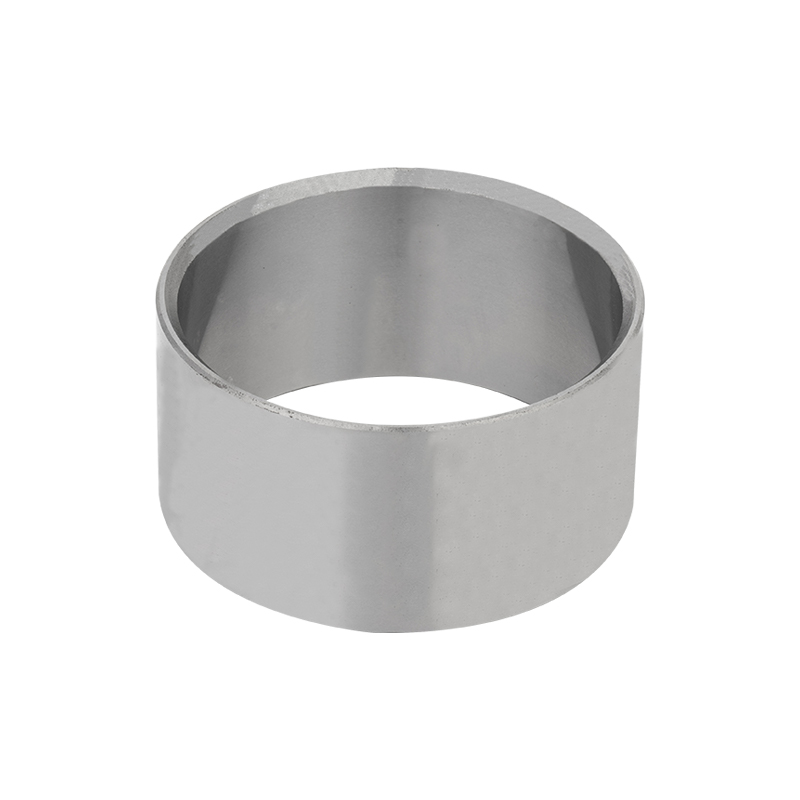
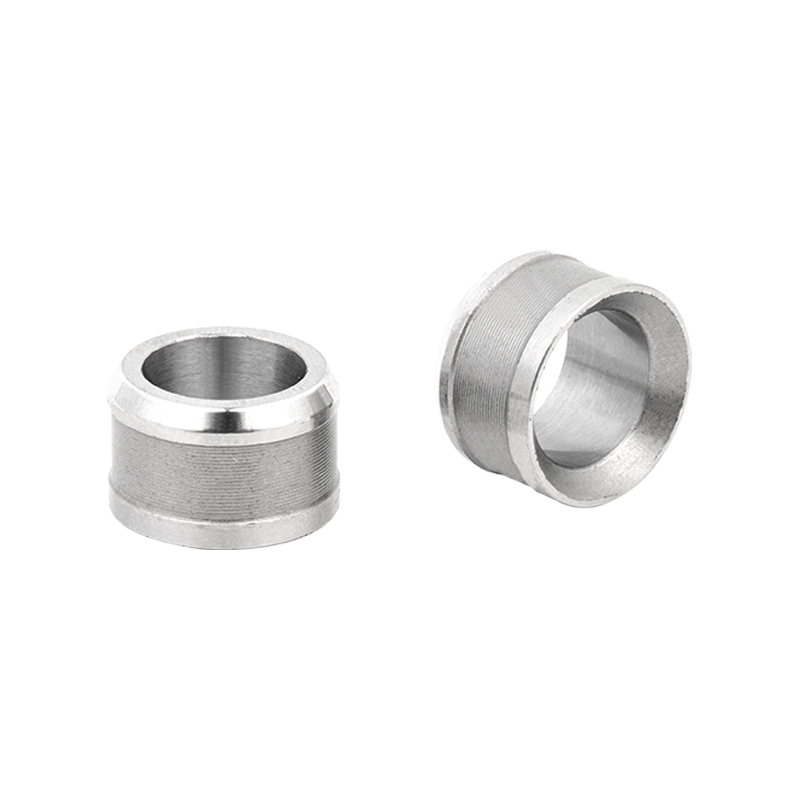
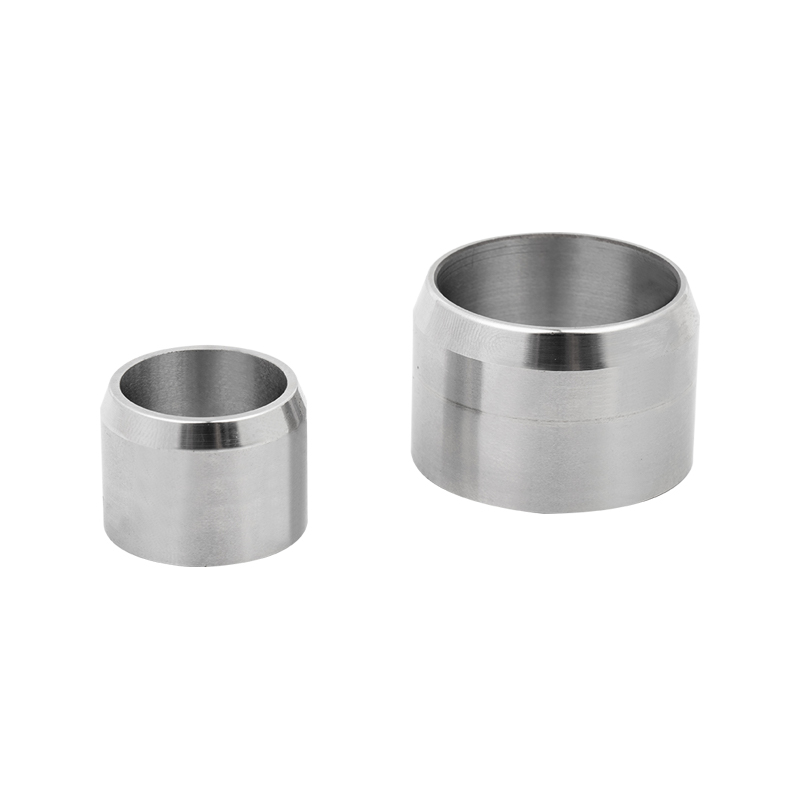
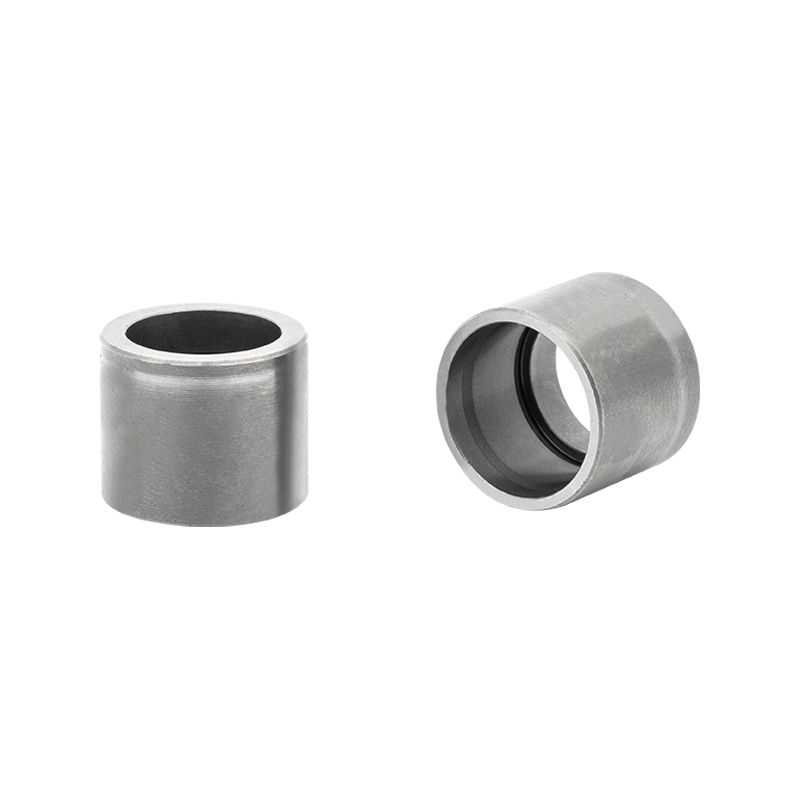
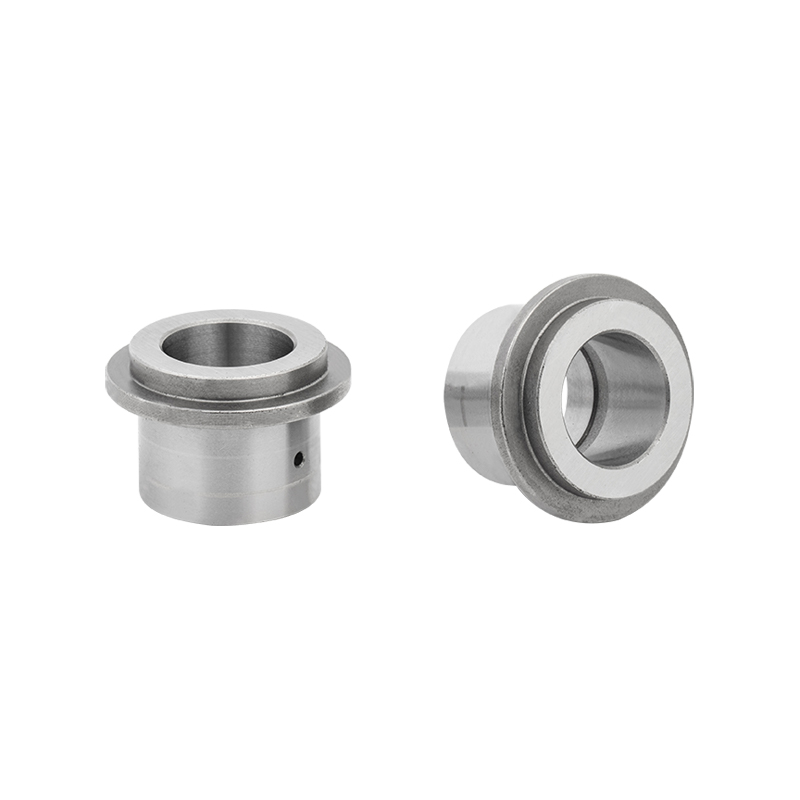

 Download Catalog
Download Catalog
